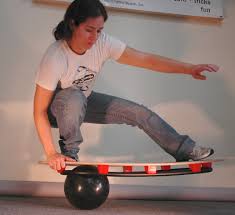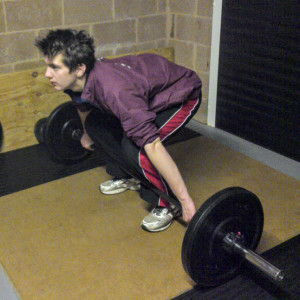Core stability training
Core training is more than just the plank
An athlete has recently come back to training with me after a 6 month Hiatus. She previously had a sound core training programme using flexion, extension, rotation, stabilisation work, as well as weighted movements in different planes.
She informs me now that her core is better because she can perform a body squat on a stability ball.
Great- I asked her how many times she has to stand on a stability ball during a match. Her core training programme over the last 6 months has consisted of the side plank, and learning to squat on a stability ball.
I am not saying either are bad exercises, but to limit yourself to these two is once again performing exercises that become the object of training – rather than doing exercises that enhance sporting performance.
There is limited transfer of training effect from unstable surface training to movements on a stable surface. Instead, you are better off performing multidirectional movements loaded and unloaded at slow speeds, then faster, and routinely changing them.
Why we never use “core stability”
I avoid using the phrase core stability, instead just using the term core strength, or use the coaching cue “brace“. A study looked at trunk muscle activation during 3 stability ball exercises and compared that to 50-100% of maximum deadlifts and squats.
The results showed that muscle activity of the trunk during squats and deadlift was equal to or greater than that of the stability ball exercises. All our weightlifters know the importance of bracing the stomach and back muscles to keep a flat back when lifting.
I use a 10 week core programme for beginner athletes that works on flexion, extension, stabilisation and rotation using a core ball. This is the introduction, then the athletes move on to more advanced work and get taught the big lifts. The athletes then do the stability ball work once a week for maintenance.
It is a reminder that there is no one magic exercise or piece of equipment. Instead, a structured, progressive approach is key to safe and effective training.


